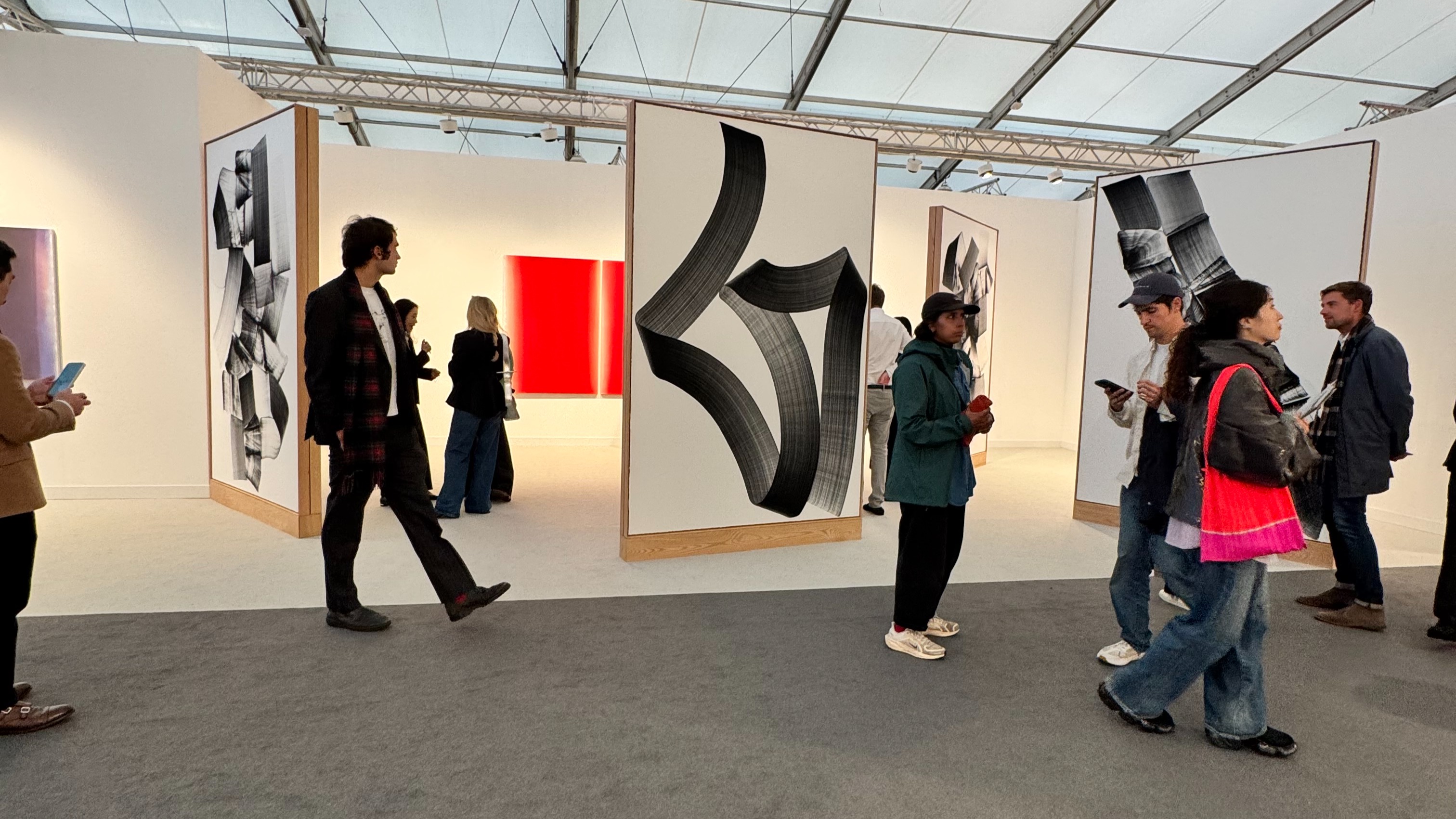
3 Key Takeaways From The Art Basel & UBS 2024 Report
Last week, Art Basel & UBS released their Art Market Report 2024, authored by cultural economist Dr. Clare McAndrew. The eighth edition of the report continues to attest to the resilience of the global art market amidst a backdrop of continuing economic and political challenges. Overall feelings around 2023 were mixed, but some optimism seems to have returned for 2024. Here are our top three takeaways from the report:
Top-end sales grew thinner, but transaction volume increased.
After having continuously increased for two years, the art market experienced a slowdown in sales in 2023, falling to around $65 billion (down by 4% year-on-year). This mostly impacted auctions, which fell by 7% versus 3% for dealer sales. Private sales, on the other hand, increased by 2% year-on-year. The downfall in overall sales was predominantly characterised by thinner sales at the top end of the market, influenced by current economic and political instability (high interest rates, inflation, ongoing conflict in Ukraine and the Middle East, etc.) That said, values are still superior to the 2019 pre-pandemic level, which was $64.4 billion.
On another more positive note, transaction volume increased by 4% in 2023 compared with 2022, driven by transactions at lower price points for both dealers and auction houses.
China rebounds to overtake the UK.
With its sales by value accounting for 42%, the US continues to reign supreme as the leading market worldwide. However, largely due to the reopening of its economy in January 2023, China, including Mainland China and Hong Kong, beat the UK for the title of “second-largest global art market”. Its share rose to 19%, compared with 17% for the UK. France’s position remains unchanged at 7% (fourth position).
White the US remained robust, it did see a 10% decline of its market from $30.2 billion in 2022 to $27.2 billion in 2023. The reason for this is that 2022 was a record year for high-end sales, but given the decline in top-end sales in 2023, it saw a drop in its market to just below that of 2019. A similar story unfolded in the UK, where the market fell by 8% to $10.9 billion in 2023. A combination of reduced imports to the UK and dwindling sales of the highest priced works, for which it is a hub in Europe and worldwide, led it to rank 11% lower than its pre-pandemic level.
The real success story in 2023 came from China, whose market increased by 9% to around $12.2 billion. However, the report splits its story into two parts, given different performances registered between the first and second half of the year. Indeed, the first half experienced a surge in the art market, due to the reopening of the economy and a backlog of auction inventories sold to enthusiastic post-lockdown buyers. Hong Kong also saw a reinvigoration of its major art fairs and exhibitions. However, influenced by projections of weaker economic growth, performance became slower. This could demonstrate that the surge was simply a consequence of the reopening and may not be indicative of a new market trend.
An increase in online sales becomes a permanent change following the pandemic.
Despite a slower market, online sales continued to increase, rising by 7% from 2022 to reach around $11.8 billion. In fact, sales remained around double the level of 2019, accounting for 18% of the market’s total turnover. Overall, the trend for higher priced artworks to be predominantly sold offline remained. Nearly all online-only auction transactions were for less than $50,000, while offline sales were heavily dominated by the $1 million+ segment. This will most likely remain unchanged in 2024, but it will be interesting to see how the increased interest in fractional ownership may influence this.




